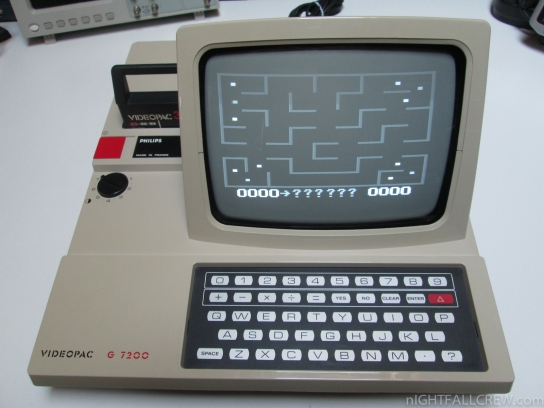
Autopsy:
The RGB cable of Schneider (radiola/philips) VG-5000 computer is compatible with the VideoPac G7200.
from Wikipedia:
The Magnavox Odyssey², known in Europe as the Philips Videopac G7000, in Brazil as the Philips Odyssey, in the United States as the Magnavox Odyssey² and the Philips Odyssey², and also by many other names, is a video game console released in 1978.
In the early 1970s, Magnavox was an innovator in the home video game industry. They succeeded in bringing the first home video game system to market, the Odyssey, which was quickly followed by a number of later models, each with a few technological improvements (Magnavox Odyssey Series). In 1978, Magnavox, now a subsidiary of North American Philips, released the Odyssey², its new second-generation video game console.
In Europe, the Odyssey² did very well on the market. In Europe, the console was most widely known as the Philips Videopac G7000, or just the Videopac, although branded variants were released in some areas of Europe under the names Philips Videopac C52, Radiola Jet 25, Schneider 7000, and Siera G7000. Philips, as Magnavox’s Dutch parent company, used their own name rather than Magnavox’s for European marketing. A rare model, the Philips Videopac G7200, was only released in Europe; it had a built-in black-and-white monitor. Videopac game cartridges are mostly compatible with American Odyssey² units, although some games have color differences and a few are completely incompatible. A number of additional games were released in Europe that never came out in the US.
Download: Philips VideoPac G7200 Schematics (1380)
Playing Munchkin game:
source: wikipedia
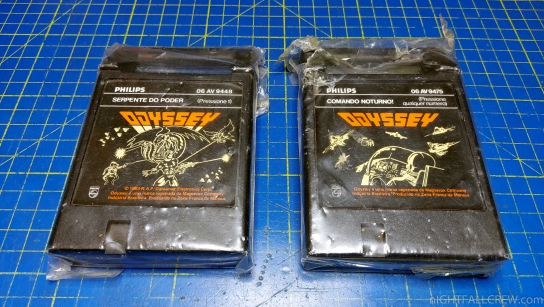
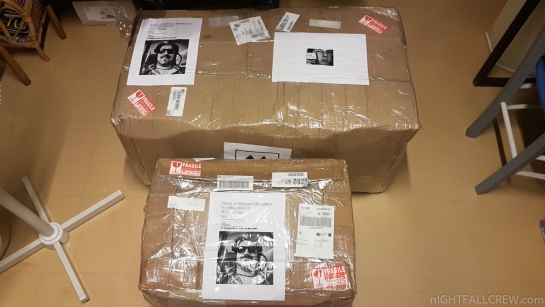











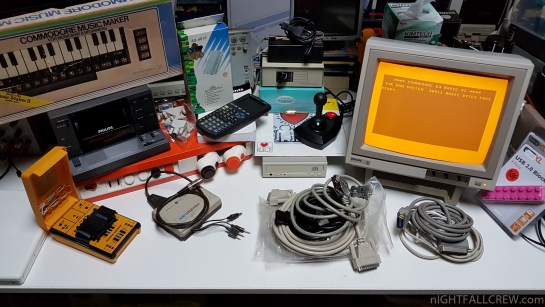
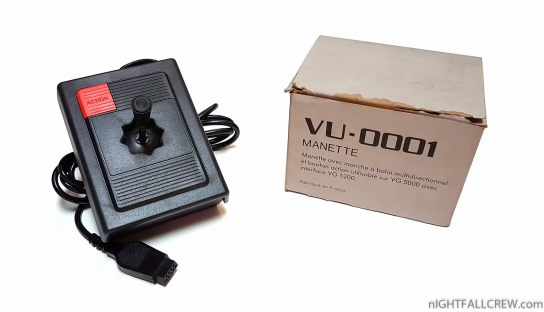
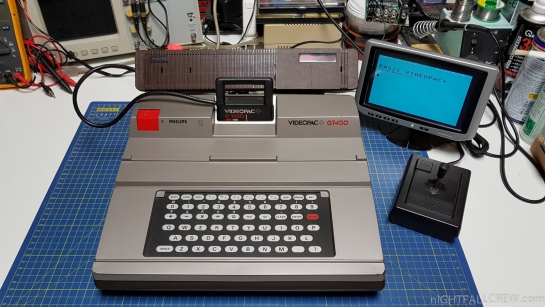





















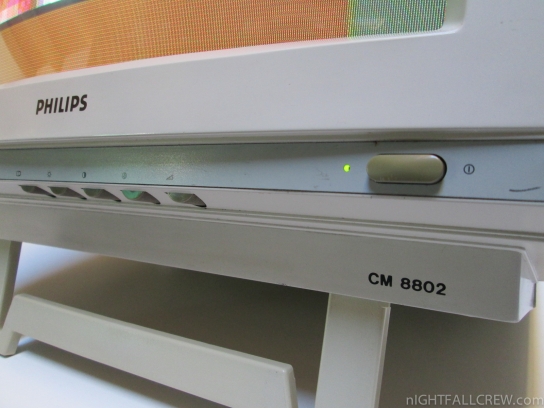




















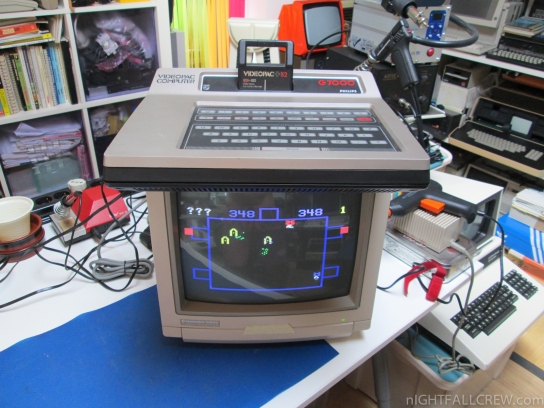















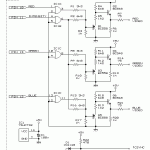















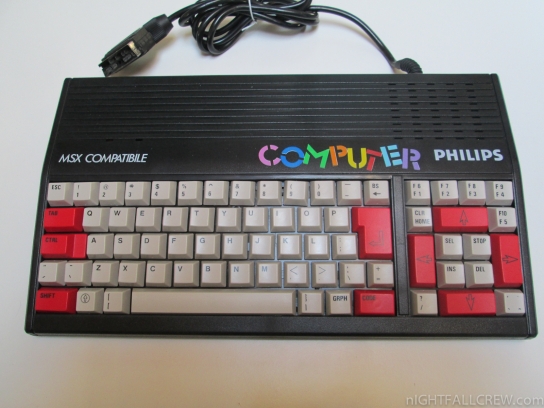















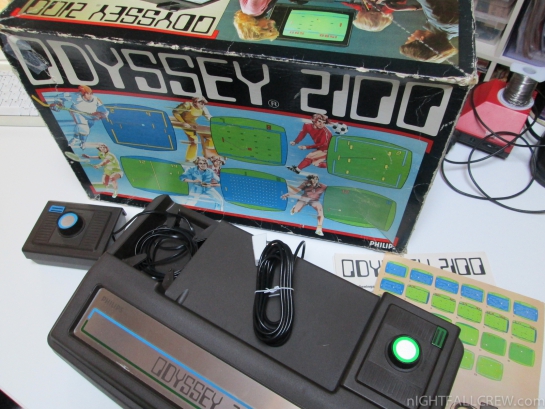














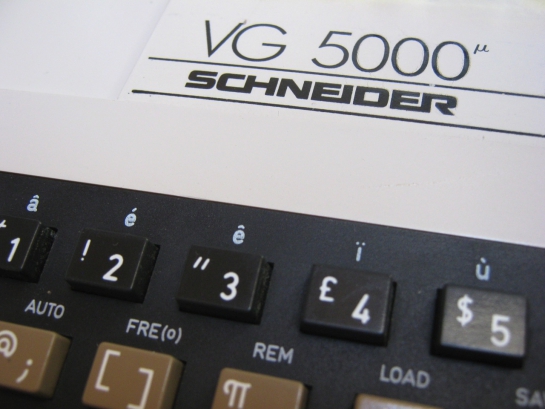















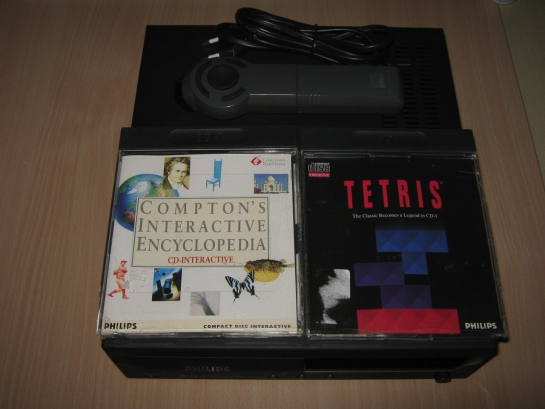















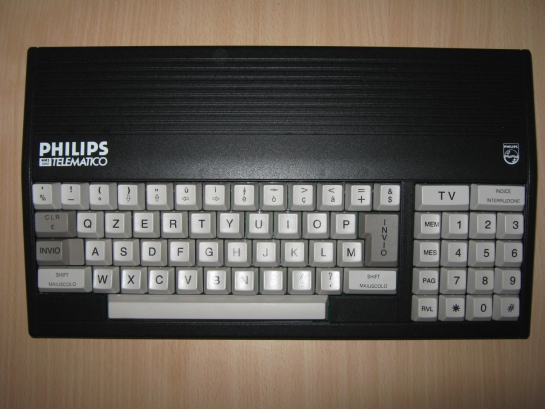















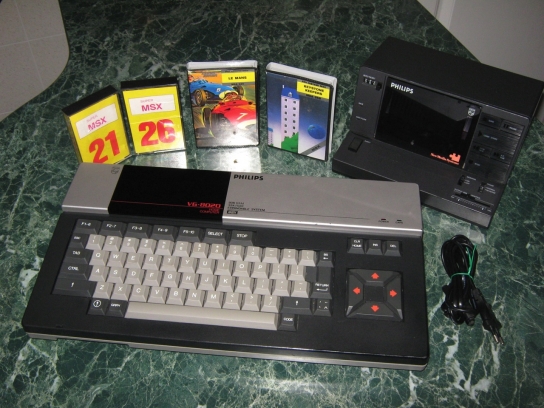















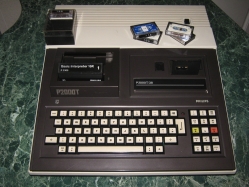















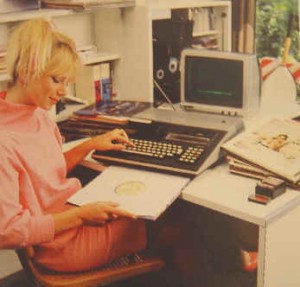 The mini cassette was seen as a floppy drive from the user perspective using the automatic search for a program (CLOAD command) or free space (CSAVE). A command to display the directory of the cassette does also exist. Philips used components they already produced for other markets (television sets and dictation machines) to quickly design a small computer system. It was partially designed by Austrian professor Dieter Hammer.
The mini cassette was seen as a floppy drive from the user perspective using the automatic search for a program (CLOAD command) or free space (CSAVE). A command to display the directory of the cassette does also exist. Philips used components they already produced for other markets (television sets and dictation machines) to quickly design a small computer system. It was partially designed by Austrian professor Dieter Hammer.


Recent Comments